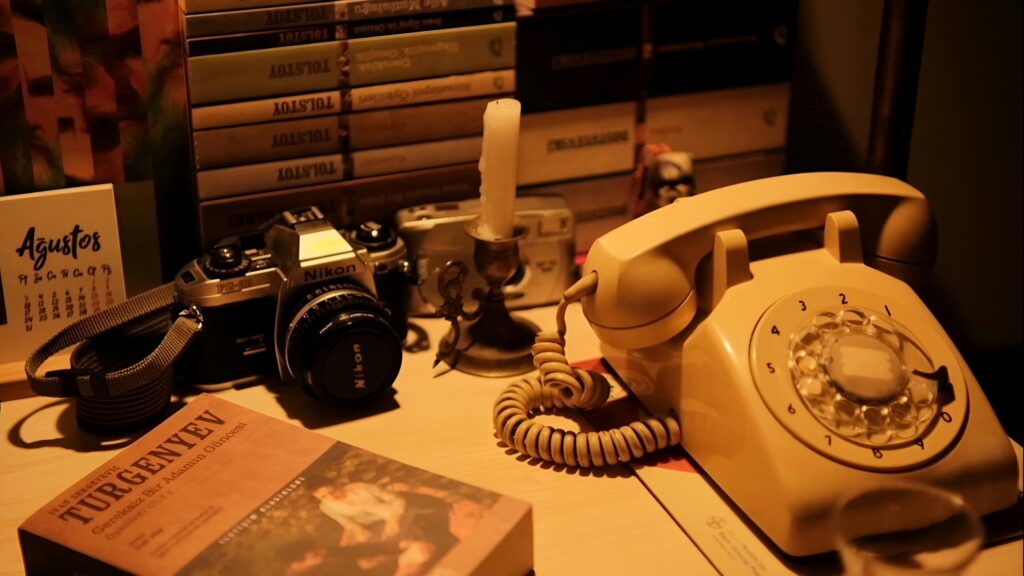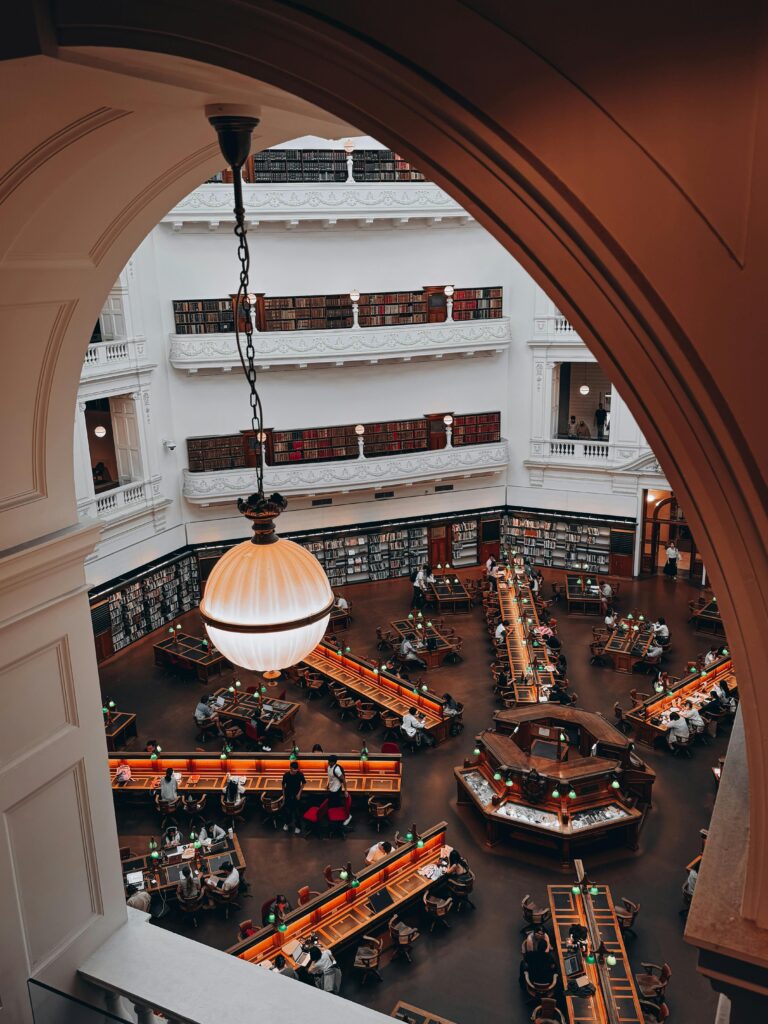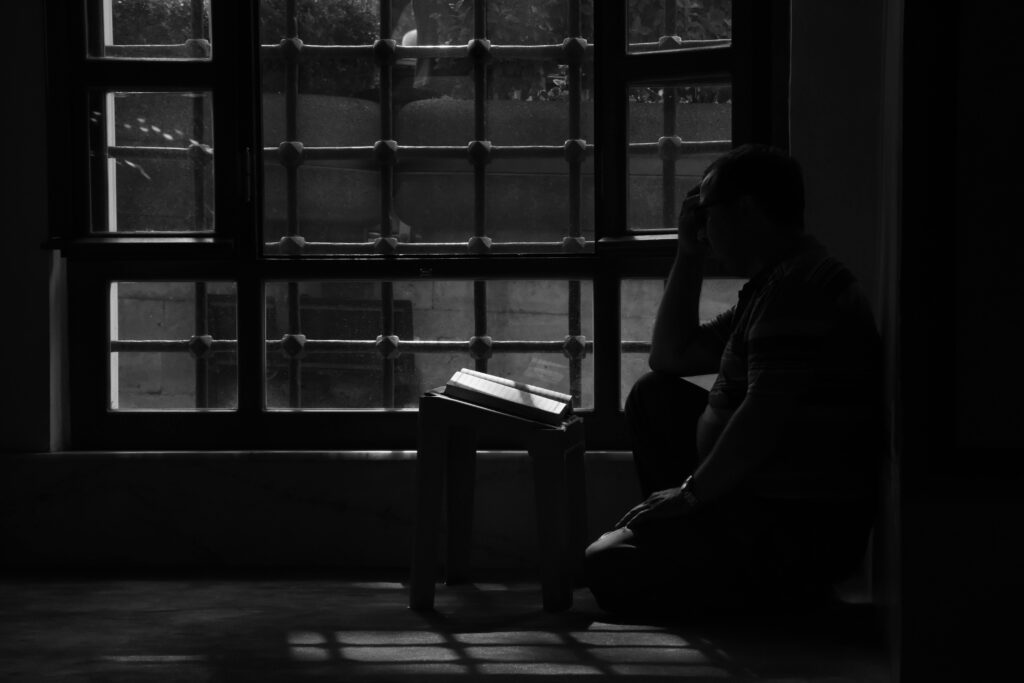A new translation of Leo Tolstoy’s monumental novel War and Peace is causing both laughter and literary debate across Australia and beyond—this time for its radical reinterpretation in “bogan” slang, the working-class Australian dialect typically heard in pubs, utes, and footy fields. Writer and performer Ander Louis is the mind behind the bold and playful project, aiming to reframe high literature for everyday Aussies—trading aristocratic dialogue for Aussie banter and Cossacks for car hoons.

What Is “Bogan” and Why Translate Tolstoy Into It?
- Bogan Defined: In Australia, “bogan” describes a stereotype of rough-around-the-edges, working-class folks with a love of beer, loud music, and no-nonsense attitudes. Think mullets, trackpants, and VB stubbies.
- Translation as Accessibility: Louis believes that transforming one of the most revered literary texts into working-class Aussie vernacular makes it more approachable and fun, especially for readers who might otherwise avoid the intimidating 1,200+ page novel.
- A Comedic and Cultural Mash-Up: By replacing Russian nobility with blokey battlers, and battlefields with pub brawls or footy showdowns, the new version reframes War and Peace as an epic about mateship, barbies, and bad life choices.
Key Examples from the Bogan Translation
In this version, instead of pondering existential dilemmas with grandiose 19th-century prose, Prince Andrei might whinge, “Fair dinkum, mate, I’m over this war crap,” while Natasha Rostova belts out karaoke at the local RSL instead of operatic arias.
Some phrases reimagined include:
- “He was a man of great character” → “He was a top bloke, through and through.”
- “The prince galloped off into battle” → “The fella chucked a burnout and legged it into the mess.”
Reactions: Laughter, Love, and Literary Outrage
Positive Reception:
- Many Australians have praised the work as hilarious, relatable, and a clever way to spark interest in the classics.
- Teachers and readers alike say it provides a new on-ramp to Tolstoy’s themes: love, war, honor, and inner conflict—all things that can be conveyed with either powdered wigs or tank tops.
Criticism:
- Some literary purists have criticized the translation as vulgar, reductive, or disrespectful to Tolstoy’s intent.
- Debates have ignited over whether this is art, parody, or just “taking the piss.”
Defenders’ Take:
- Ander Louis defends his work as both parody and homage. “It’s about bringing big ideas to where people actually live and talk,” he’s quoted as saying. “Not everyone wants to read about czars. But they might care about Bazza trying to sort out his love life while dodging a punch-up.”

Cultural Significance
- Language and Class: The translation confronts the unspoken gatekeeping in classical literature, poking fun at both the elite tone of canonical texts and cultural snobbery around dialects.
- Australian Identity: It celebrates a version of Aussie culture often marginalized in the arts, reclaiming voice and humor in national storytelling.
Conclusion
This War and Peace in bogan Australian isn’t meant to replace the original—it’s a cultural remix, a way to bridge worlds and make Tolstoy walk into an Aussie pub in thongs and a tank top. Whether you see it as brilliant or bogan blasphemy, the project proves one thing: great stories speak across time, even if they trade swords for schooners.
Frequently Asked Questions (FAQs)
Q1: What is “bogan” slang?
Bogan slang refers to informal, working-class Australian English, filled with local idioms, profanity, and pub-culture expressions.
Q2: Who is Ander Louis?
An Australian writer, comedian, and performer known for combining humor and literature, Louis is behind this “bogan” translation of War and Peace.
Q3: Is this an official translation?
No, it’s a creative reinterpretation—a parody and cultural remix, not a literal academic translation.
Q4: Where can I read it?
Print and digital versions are expected to be released online or in bookstores under humorous or novelty categories.
Q5: What’s the literary value of this translation?
While not meant for scholarly study, it makes a classic novel more accessible and highlights cultural translation as a form of creative expression.

Sources The Guardian


